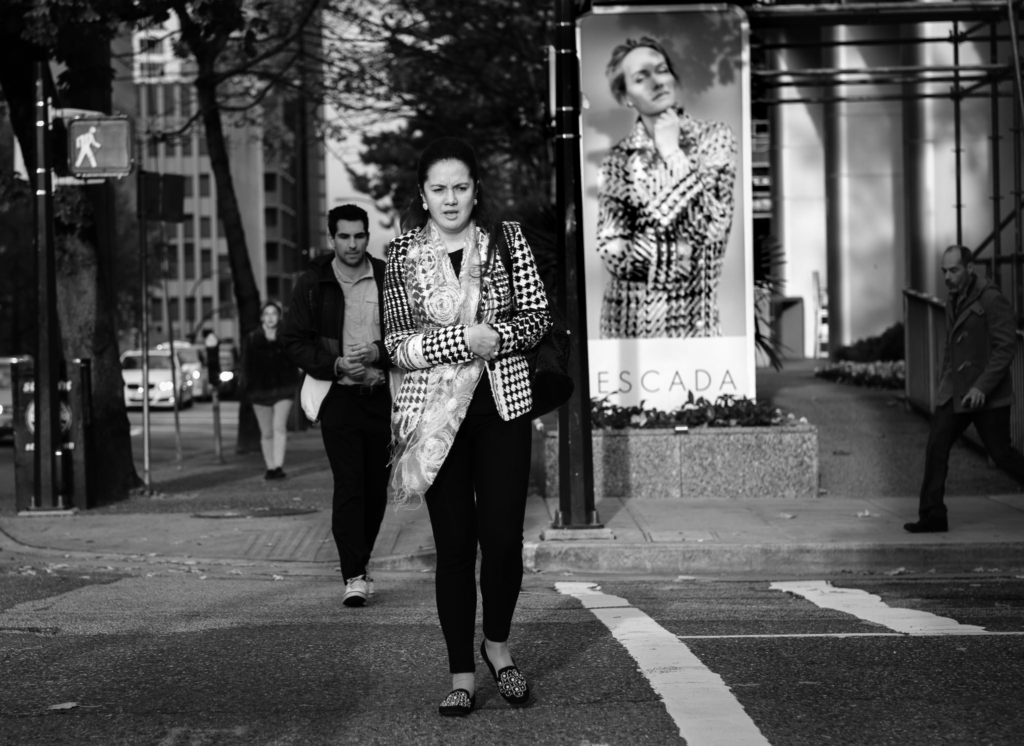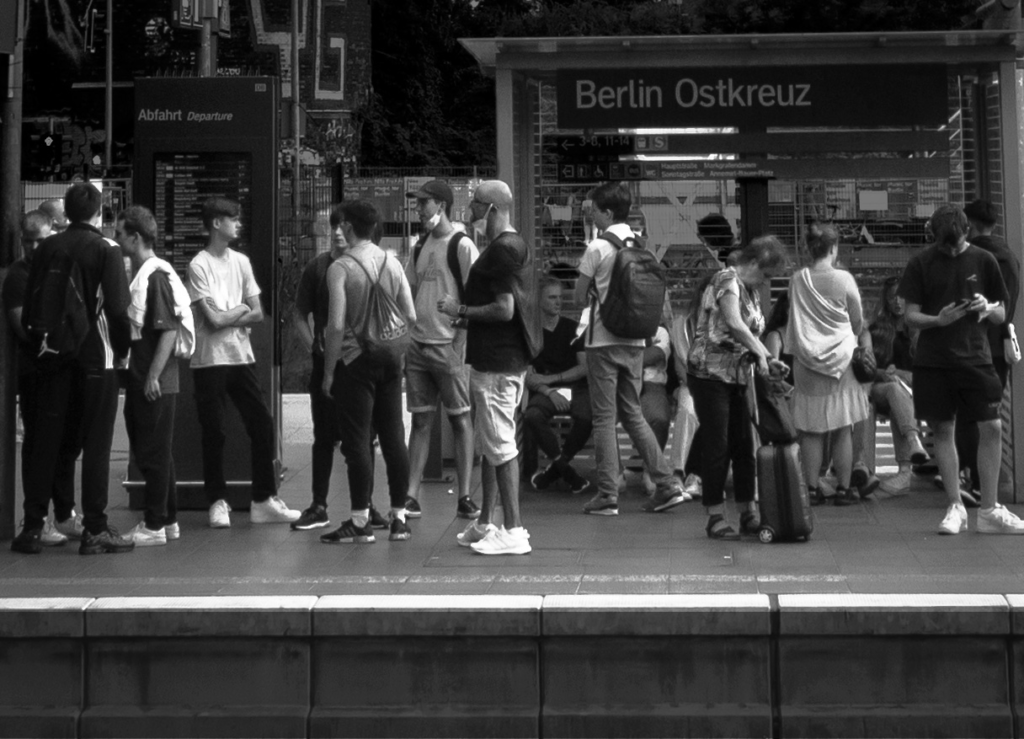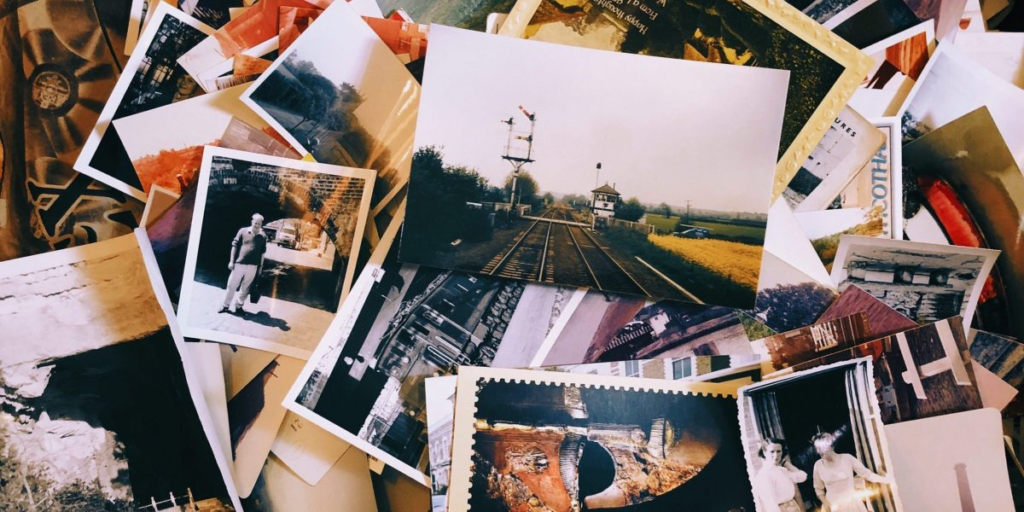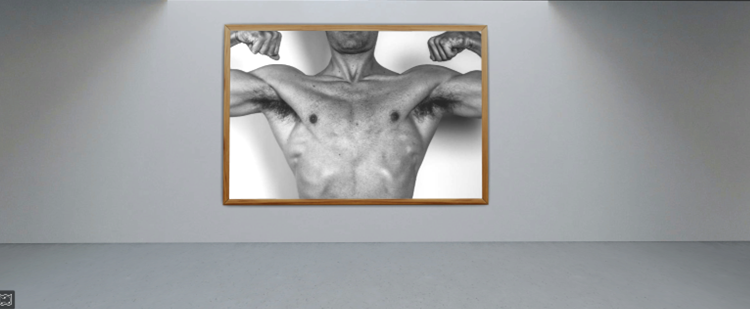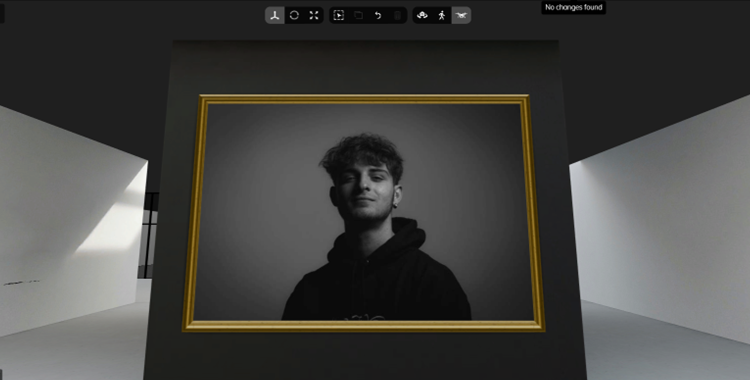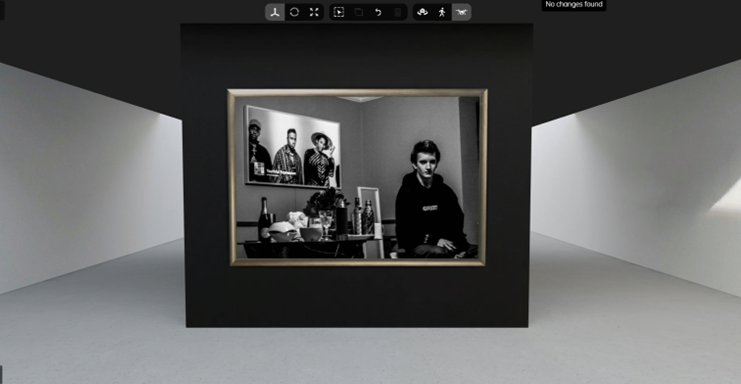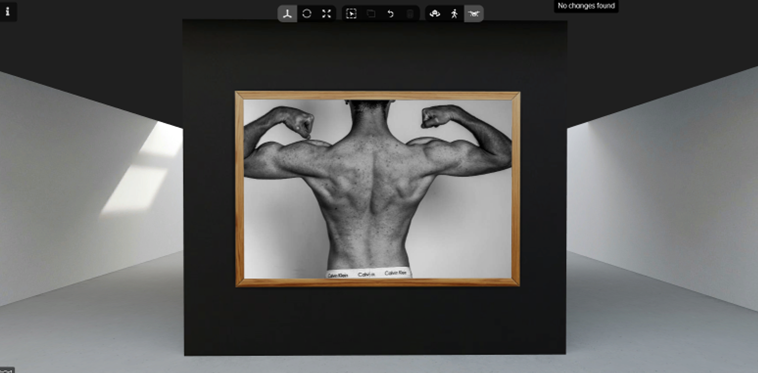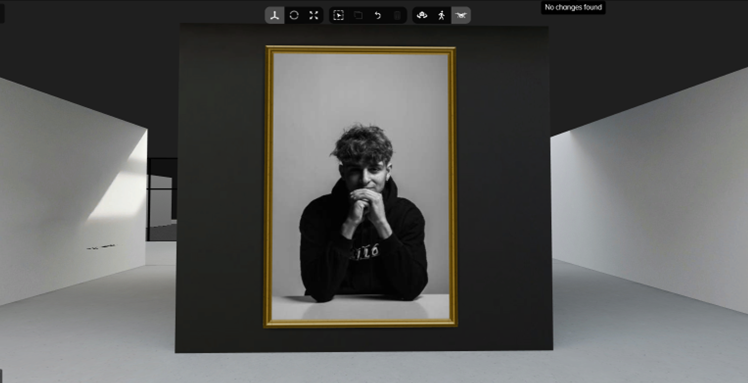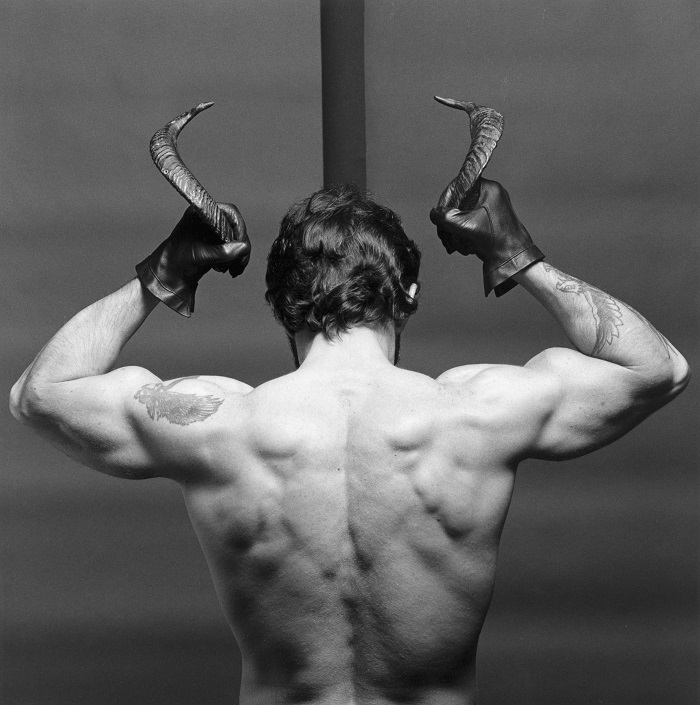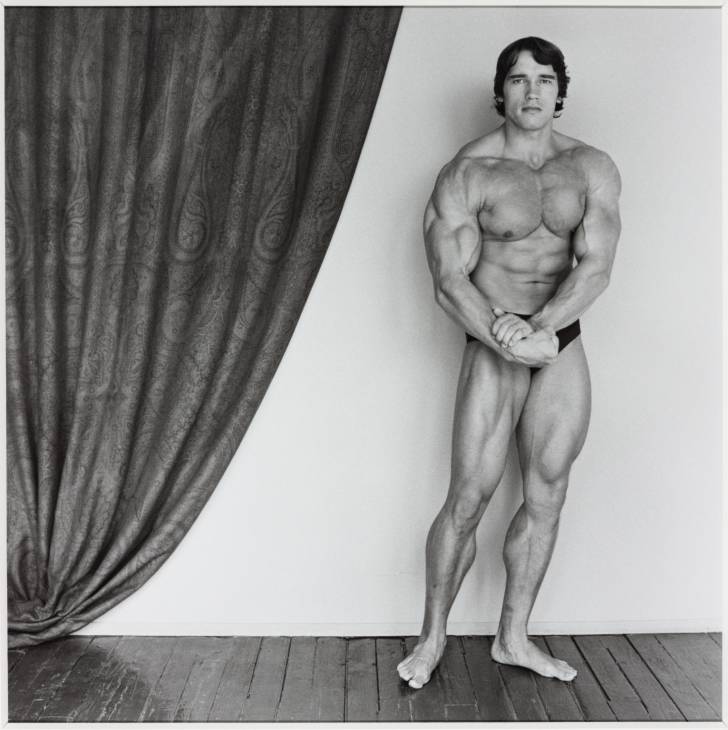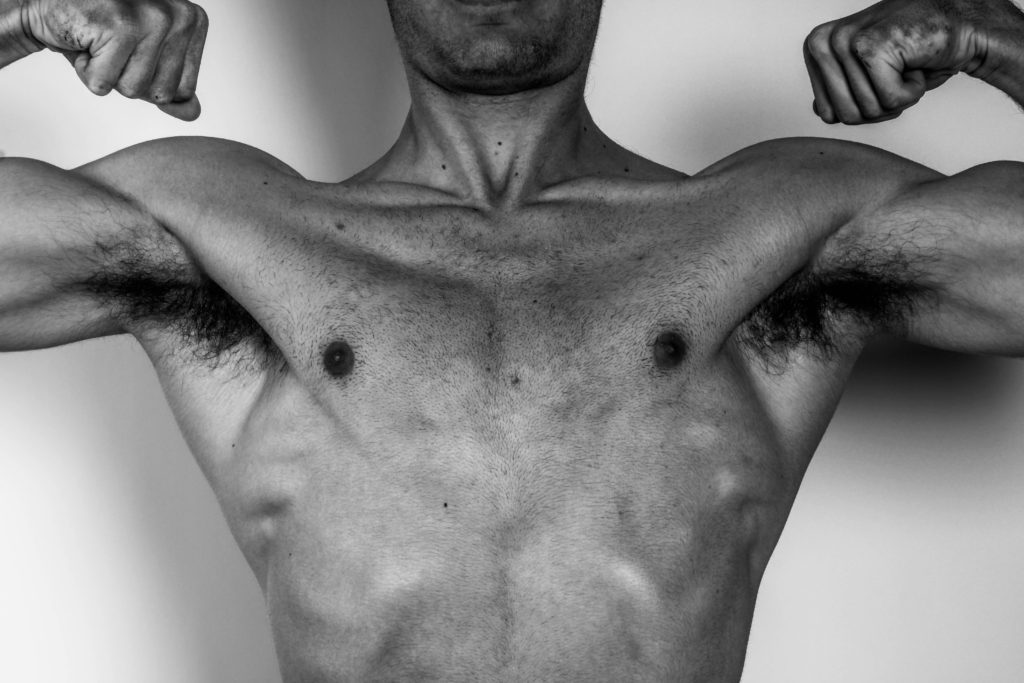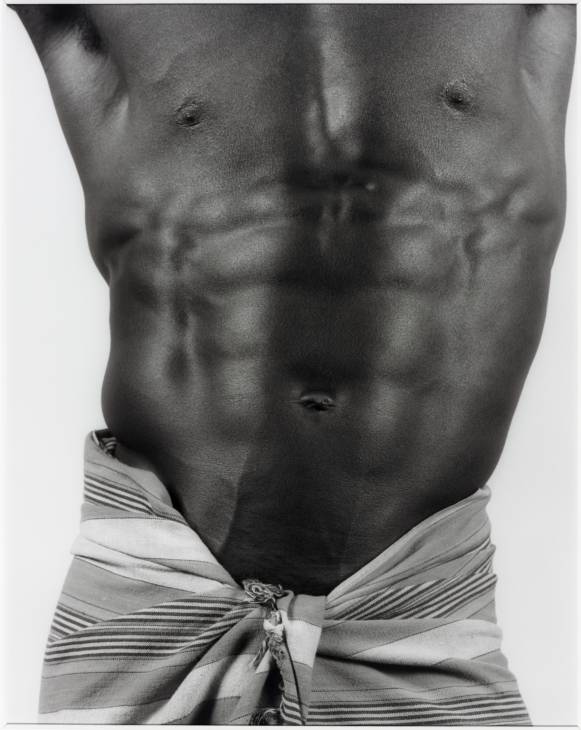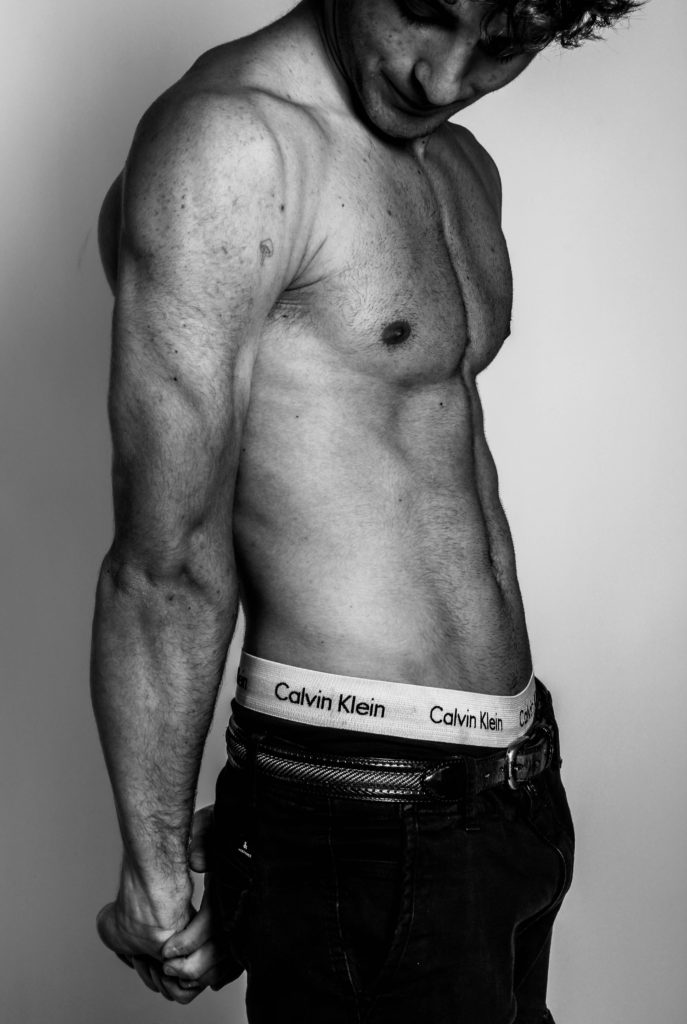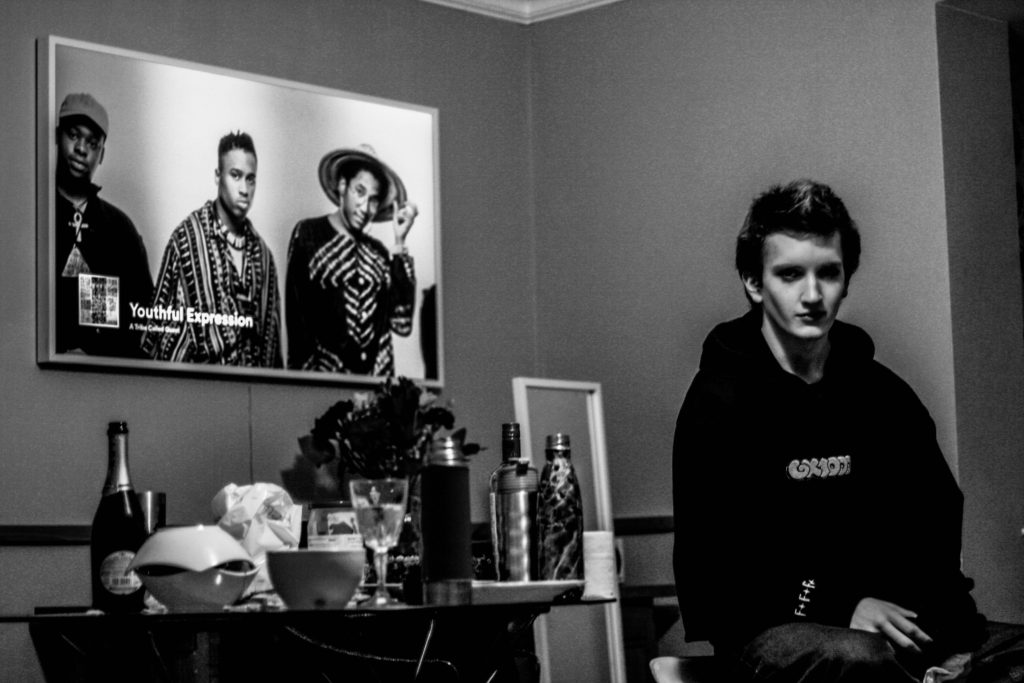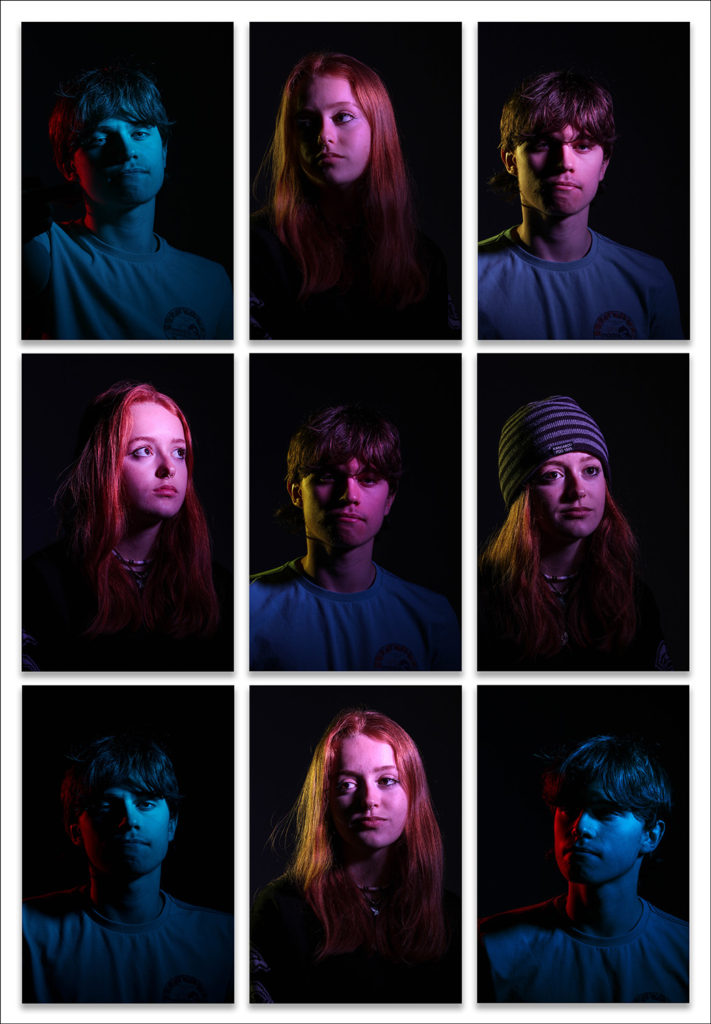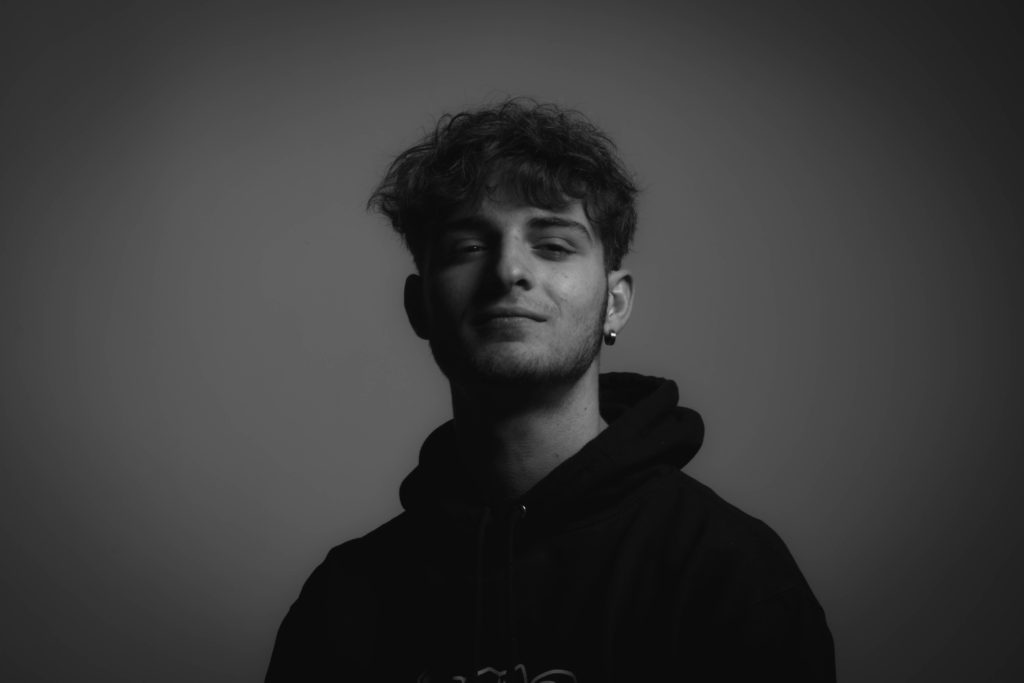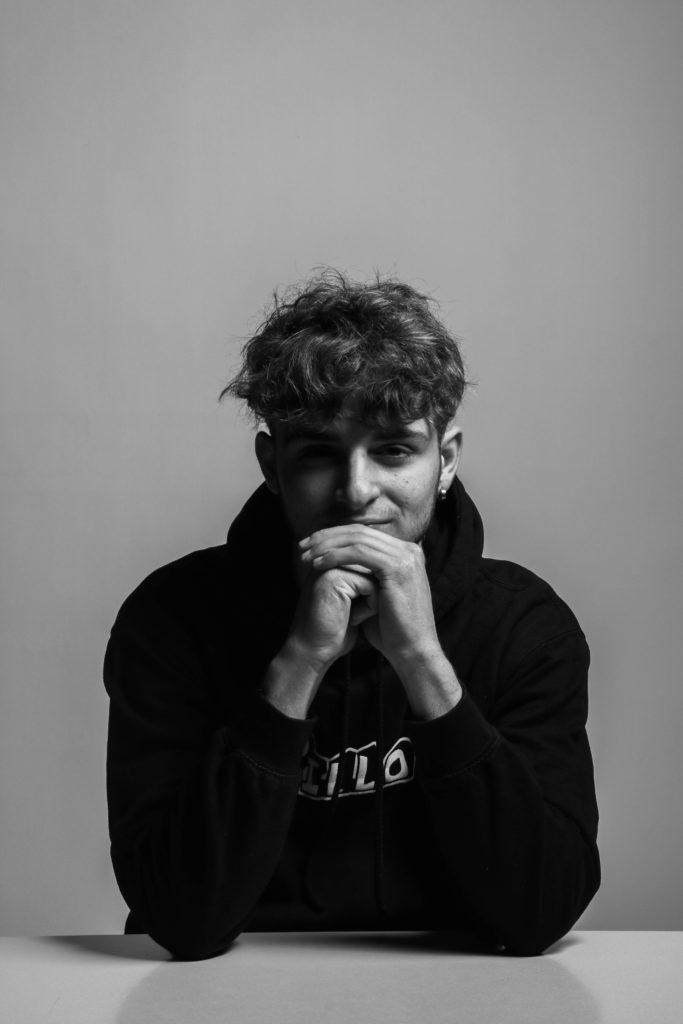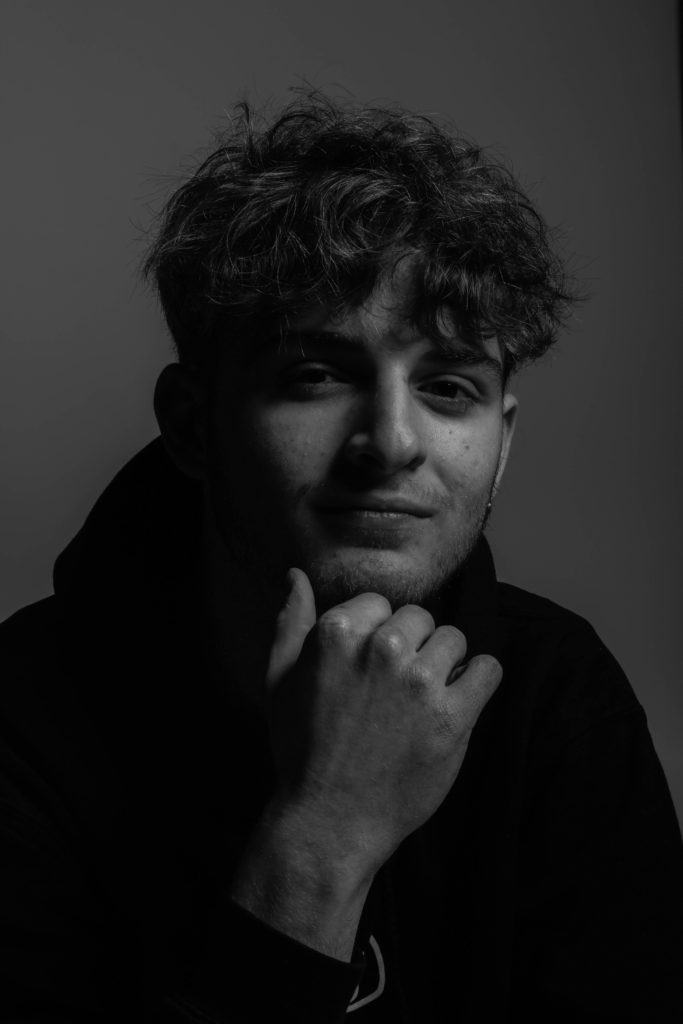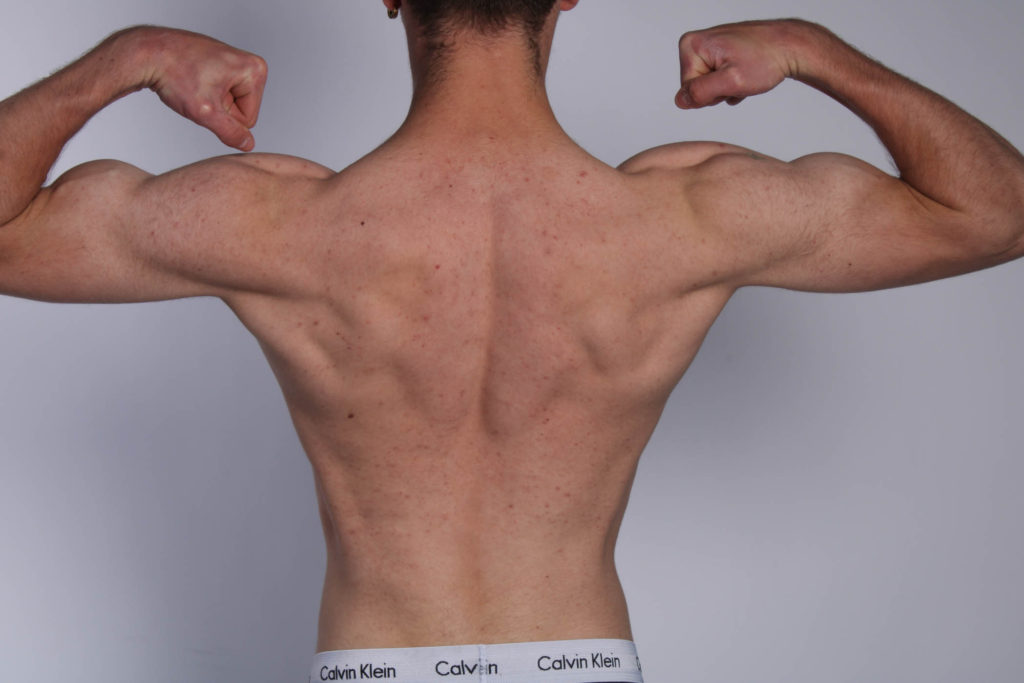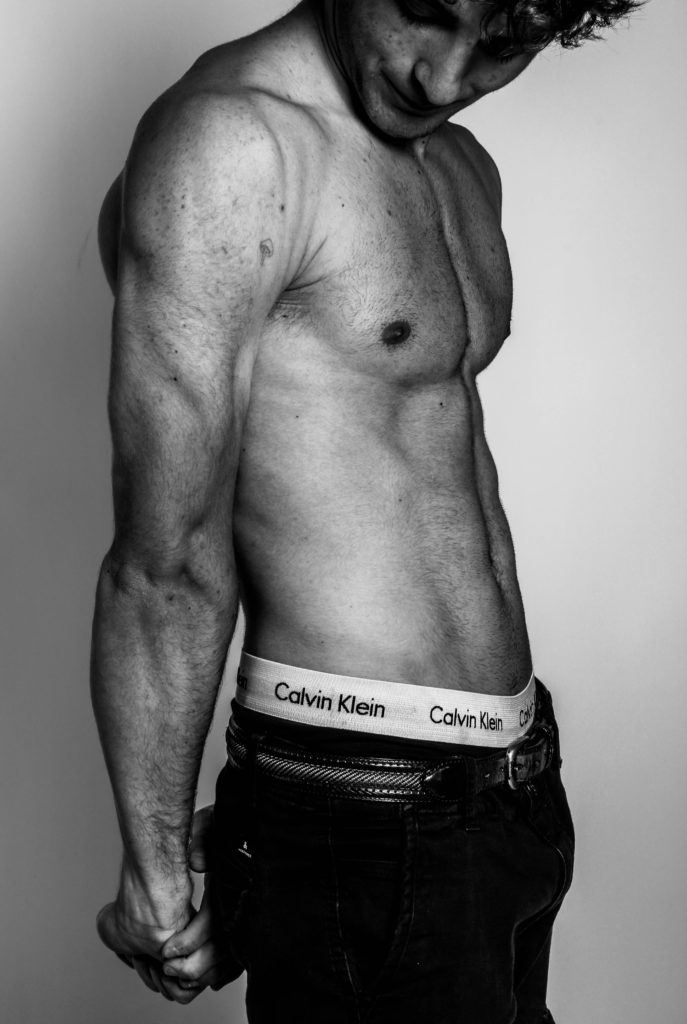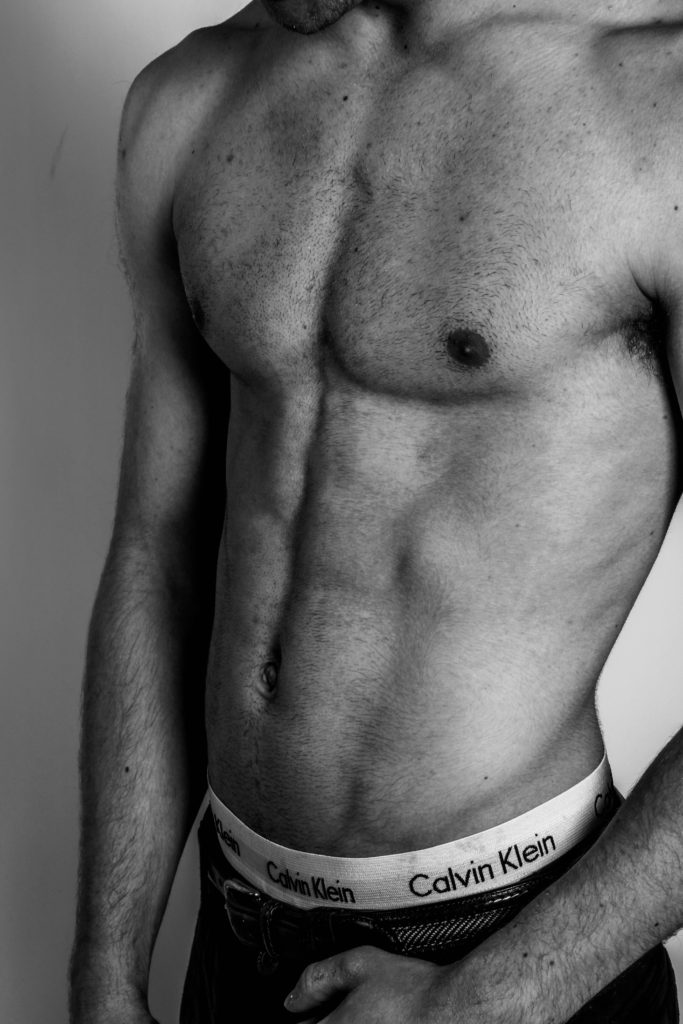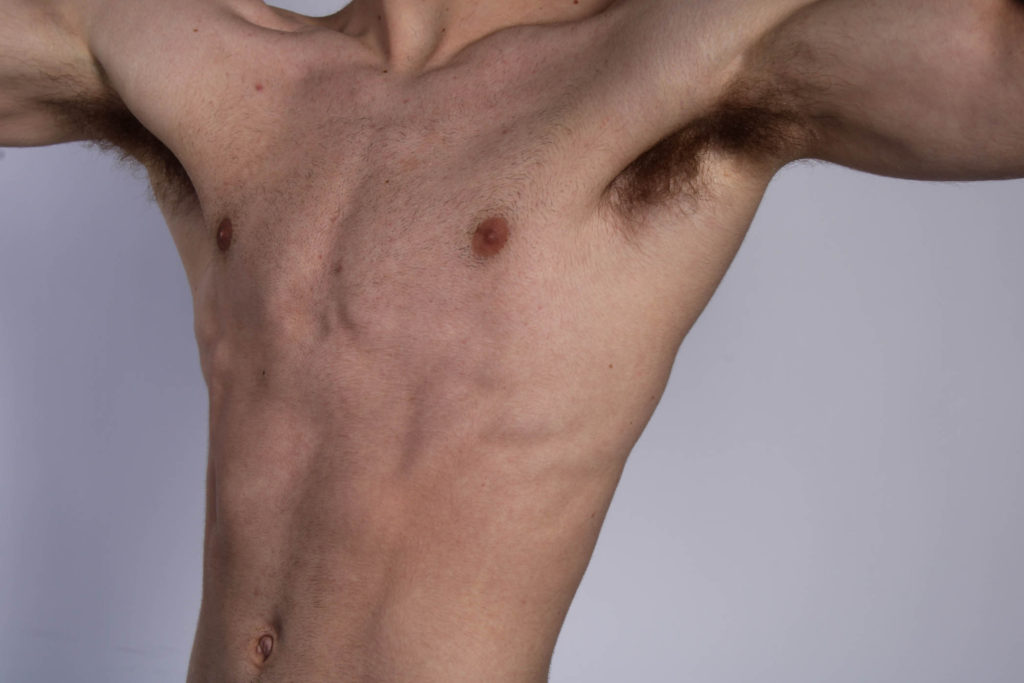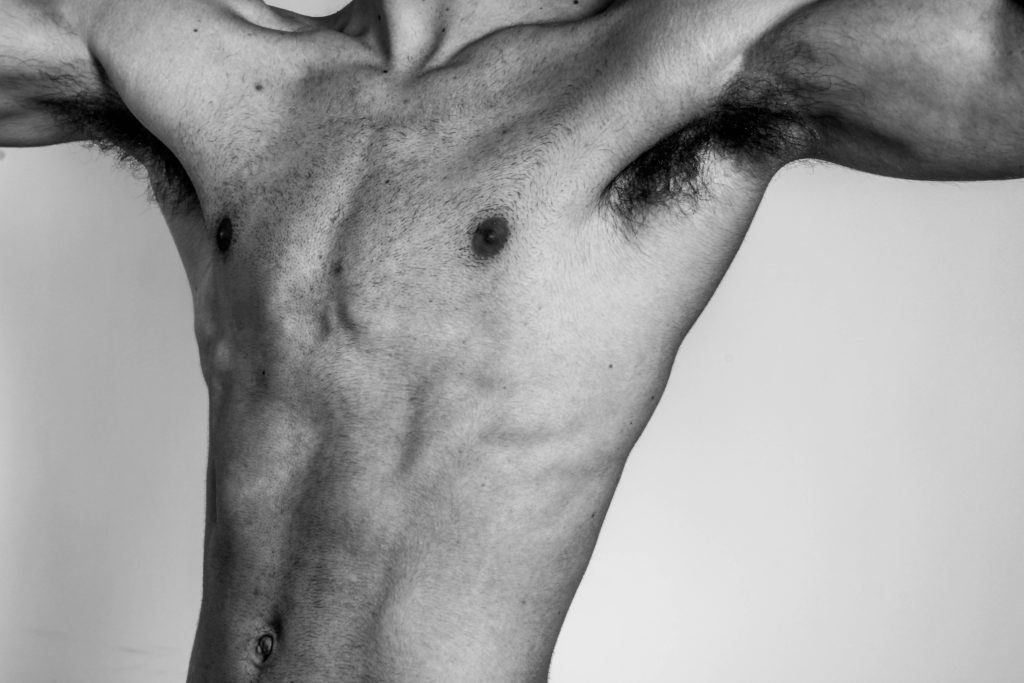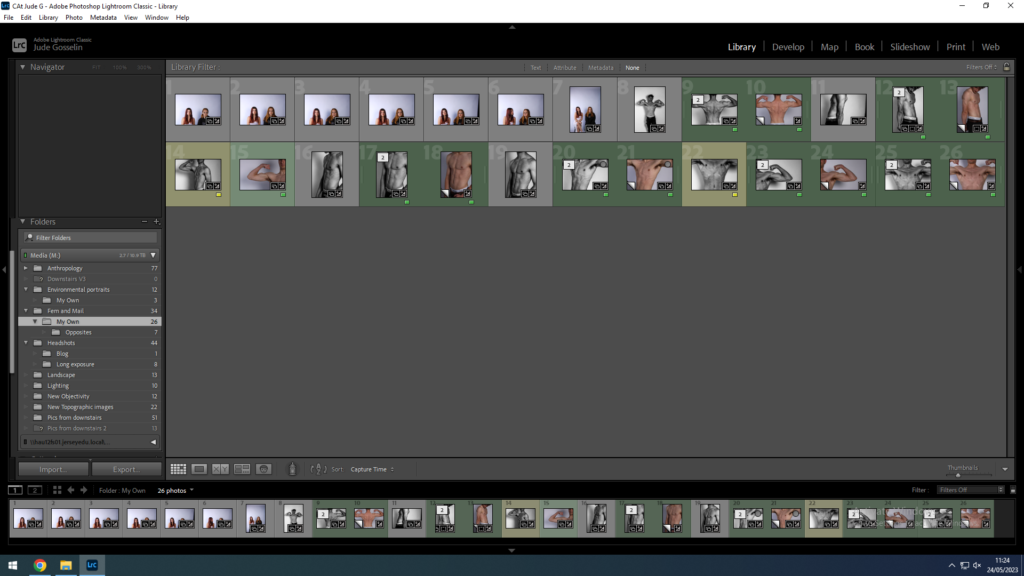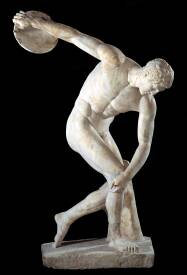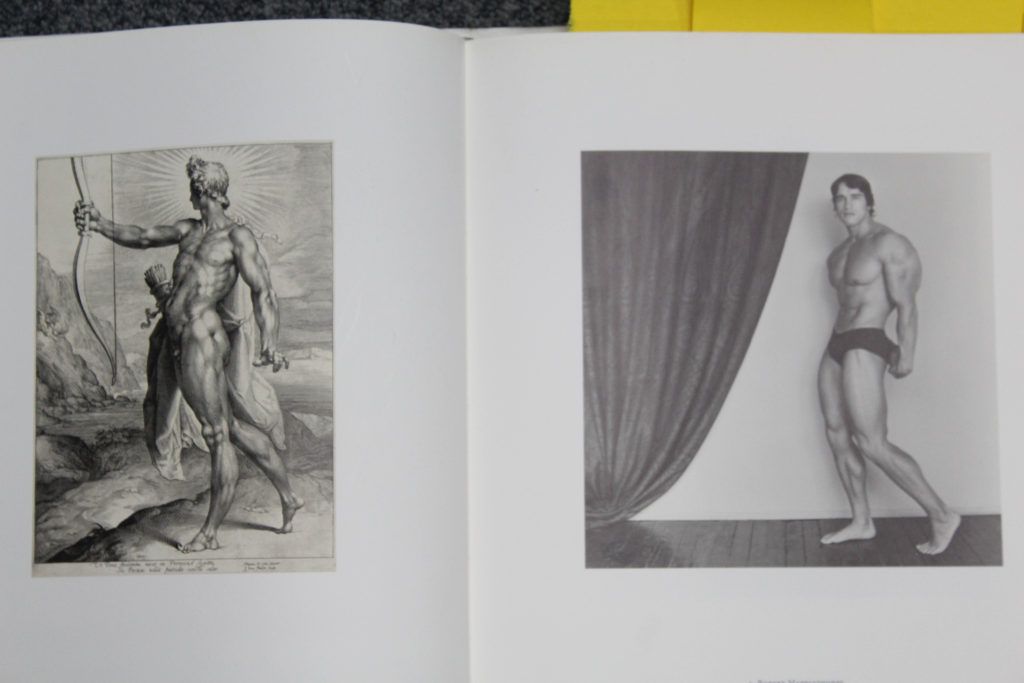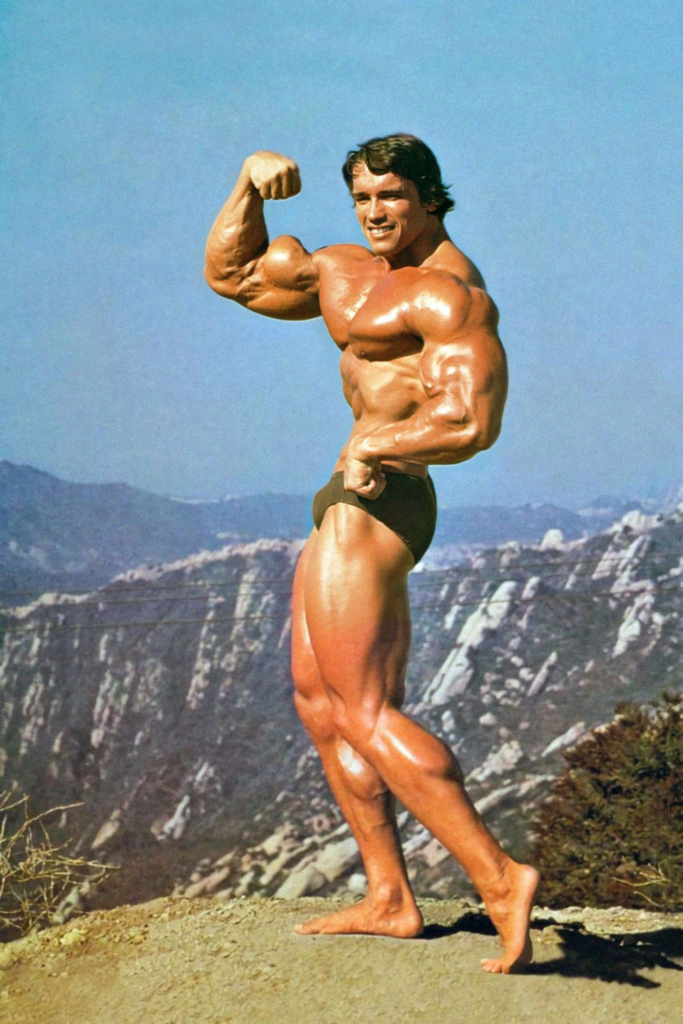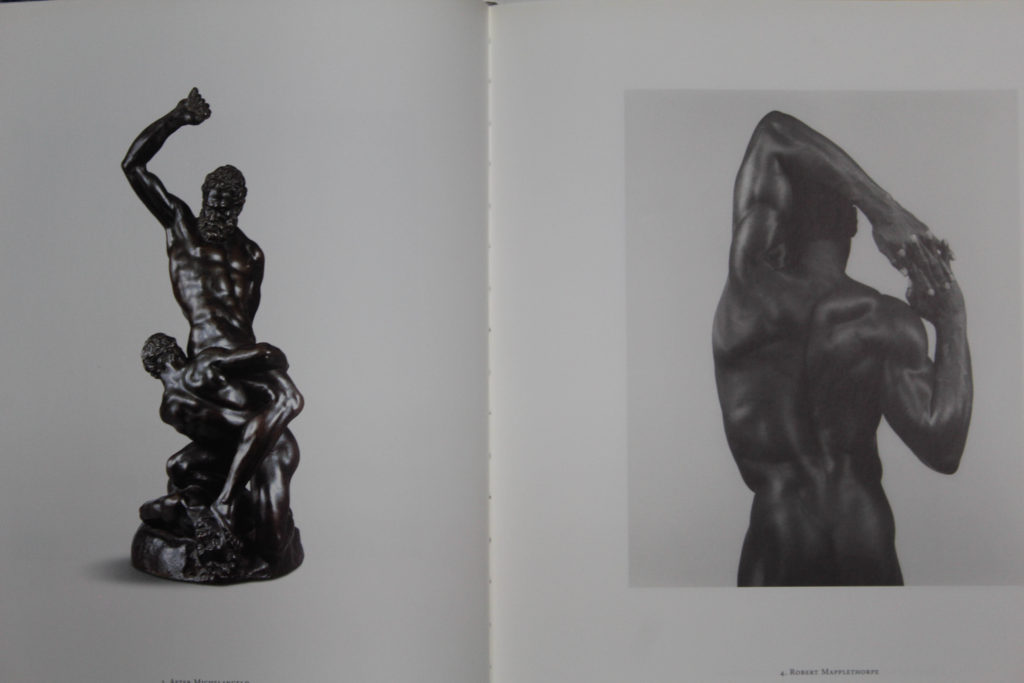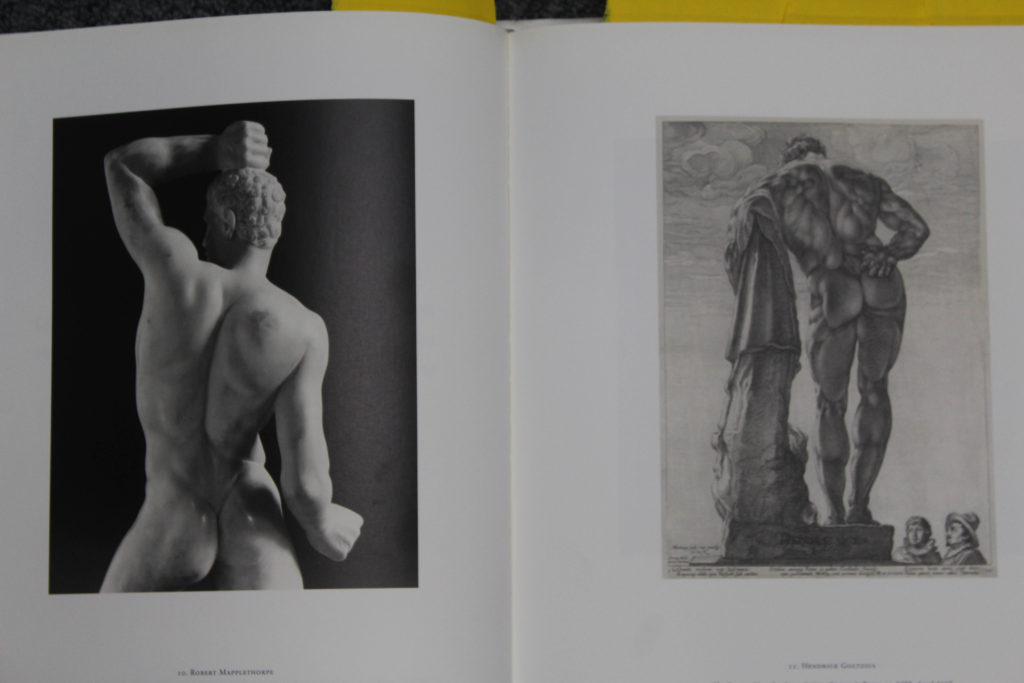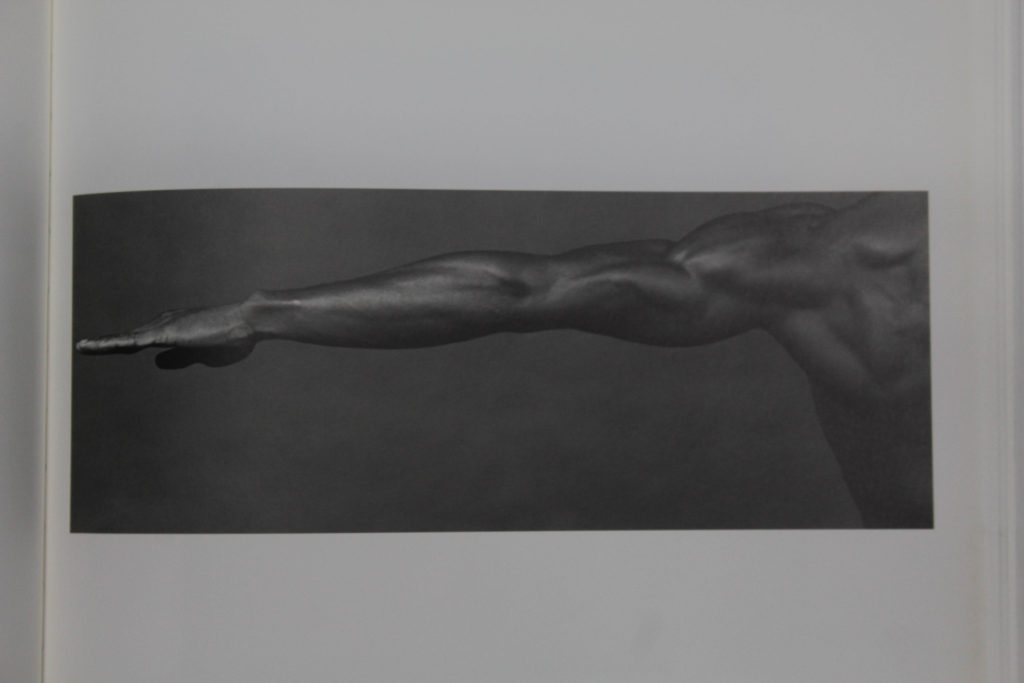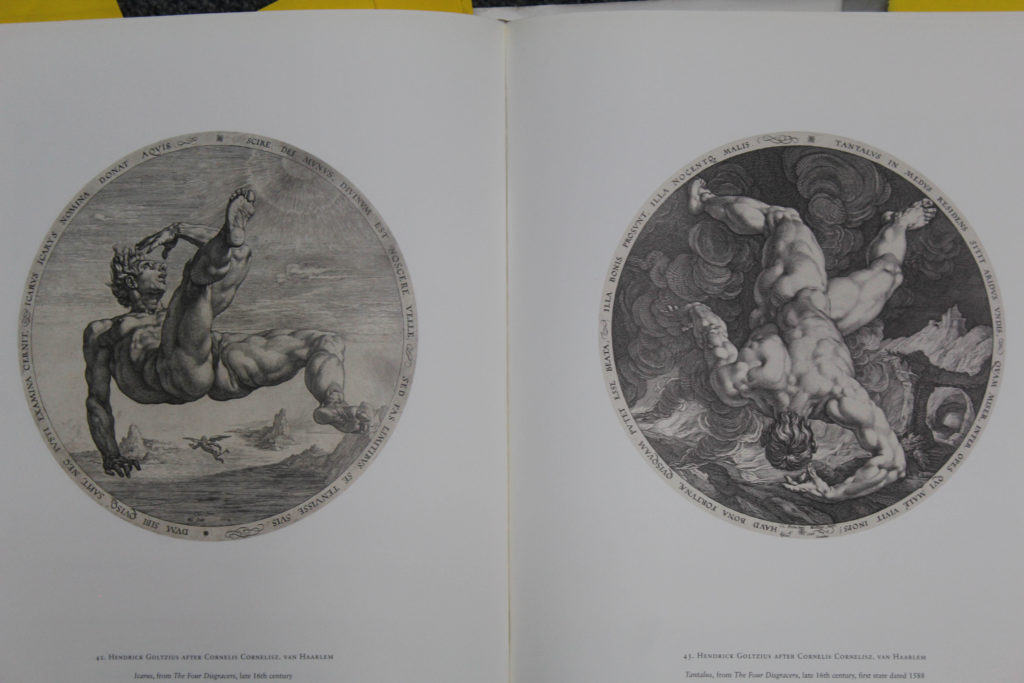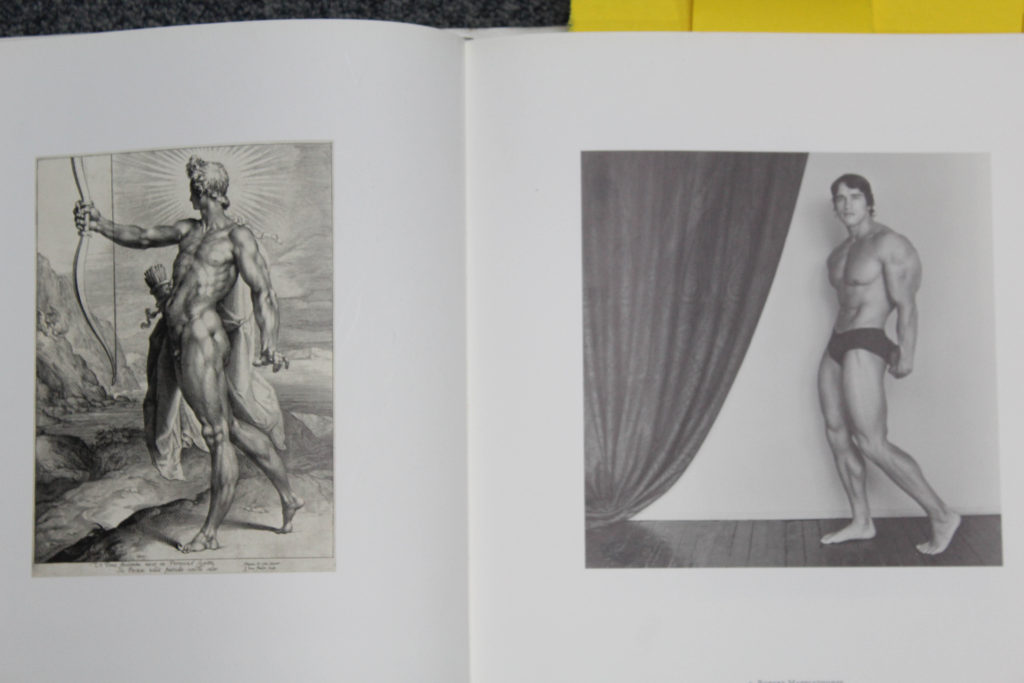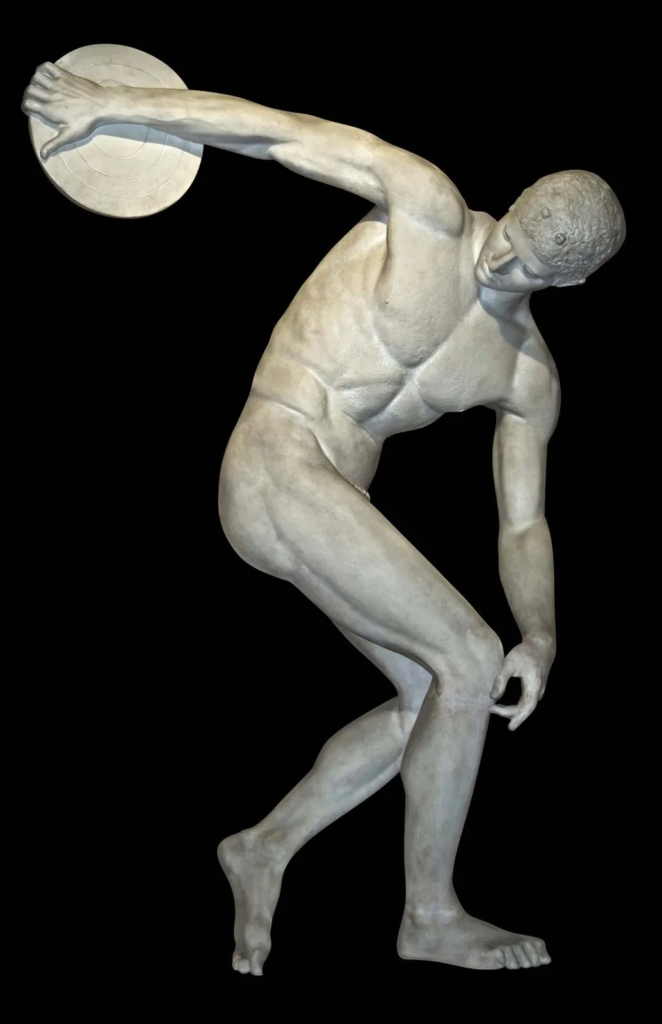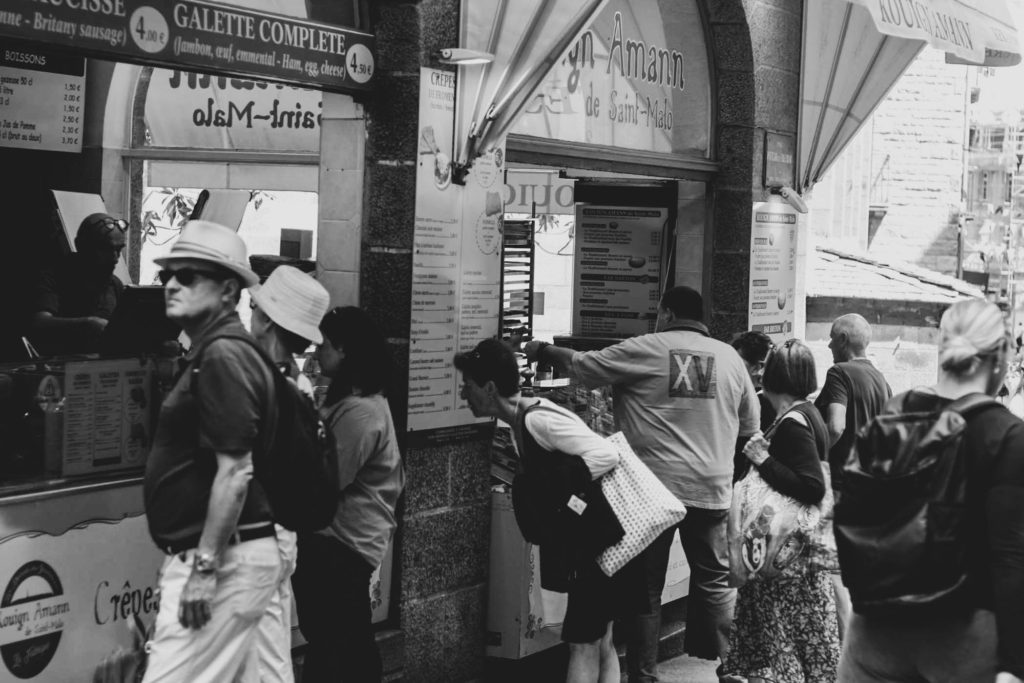
I chose this image to be one of my favourites because I like the smooth contrast between black and whites, but that it also captures life in St.Malo because of the people who just minding their own business enjoying themselves without the knowledge of the camera being there. This image is good because it shows the setting of a local business but also captures a good angle, and shows the variety of people, not just an image of one person.
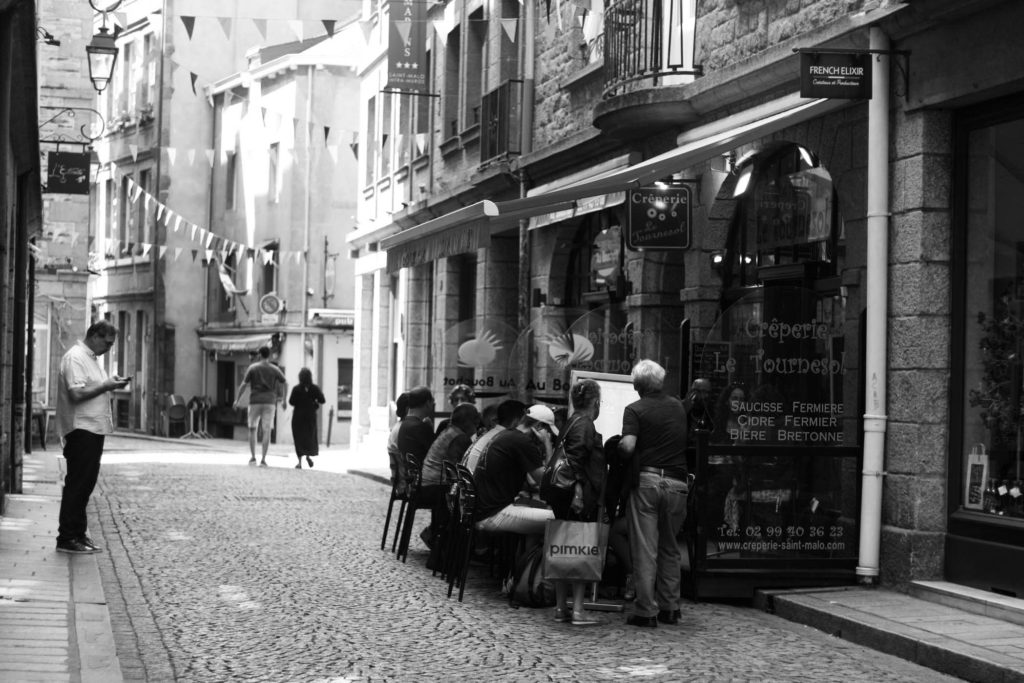
This image was chosen to be one of my favourites because I like the use of the lines and shapes in the image for example the buildings and the restaurant in the middle right of the image. I also like how it shows people practically in the middle of the street which is apart of the restaurant, showing how local these streets are. Even just the fact that there isn’t many people in the shot creates a good effect, it shows casualness.
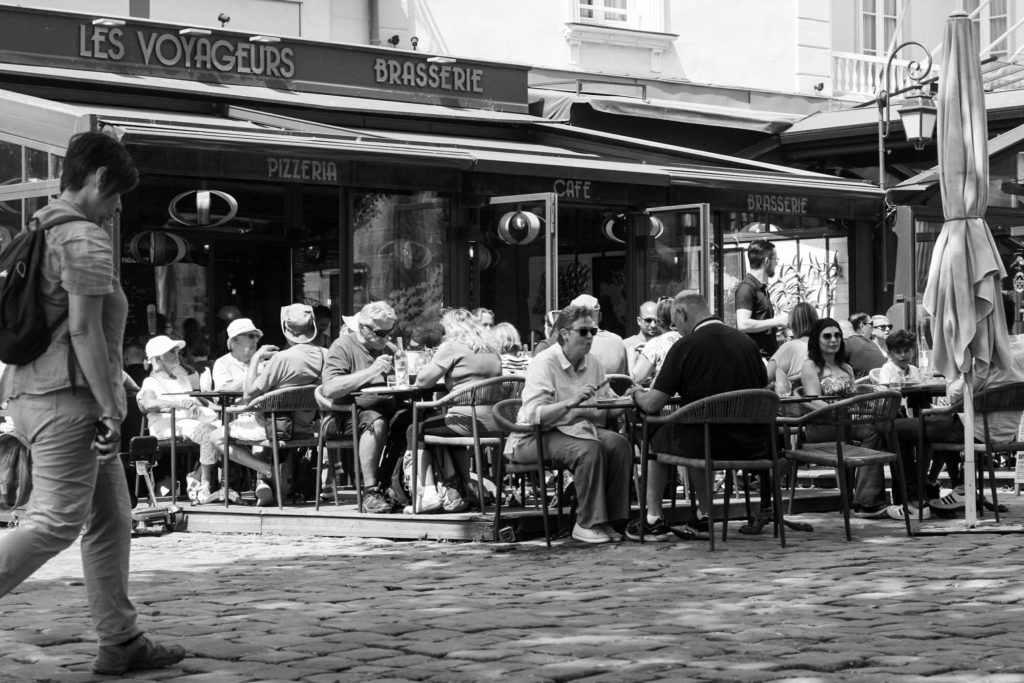
This was chosen to be a favourite because it was in the main entrance of St.Malo and the black and white contrast is especially good, along with the use of positioning of the people eating at a restaurant, and the use of lines I like.
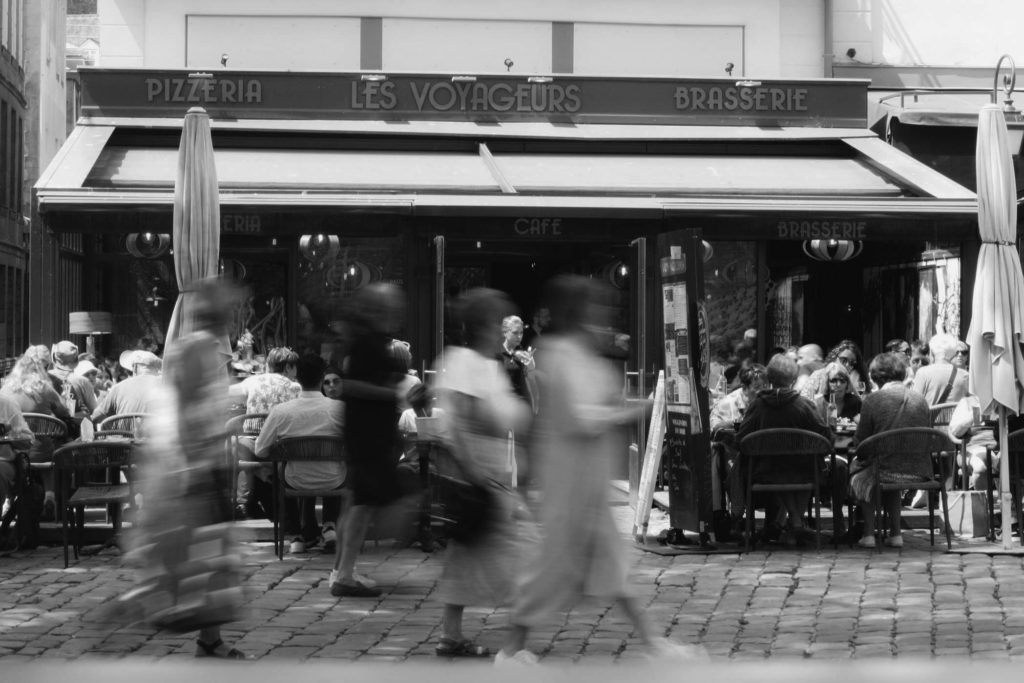
This one was an adaption of the image taken above but using a different angle and a different exposure time. I done this to capture the people walking by to be blurry but the people eating in the restaurant to look pretty much normal, I liked the effect these settings gave the image.

I like this image and chose it because of the high black and white contrast, and how it shows a lot of features, but also creates almost a sad but normal effect to the image of a dog, and what seems to be a homeless persons things, but without the homeless person being there, it creates mystery but also a solid feeling.

This image was nice because of the use of lines and shapes in the centre of the image, which also shows a restaurant. This image also shows an event of people eating with passing people, showing how busy the areas is, as you can even see another restaurant in the background packed with people.

This image was also an adaption to the image above this one, which zoomed into specifically 2 old people dining. This stands out to me because of how close the image was taken and what it shows, for example the horizon and the sea in the background along with others eating. I just like the contrast of things going on, like its part landscape, part event image. The facial expressions show relaxation and calm creates the feeling of the image of calm.
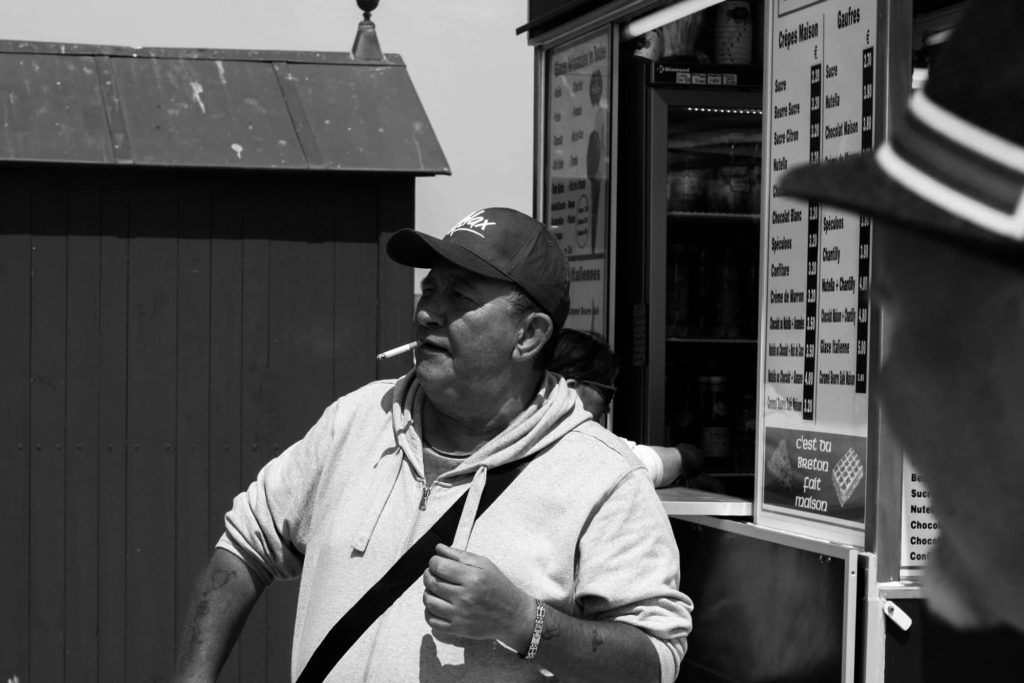
This one was definitely my favourite one. I really like the black and white contrast in this image, and just the fact that this tourist looks like an absolute boss with a cigarette in his mouth, what seems to be a bag going across his body, and I like how the shade of his hat covers his face, giving him a slightly mysterious look, he just looks like a character.

This one I thought was nice it captured a good landscape and also a couple enjoying the view with the woman’s hands around either her husband or boyfriend, capturing a moment. I also like the scenery that it captures.
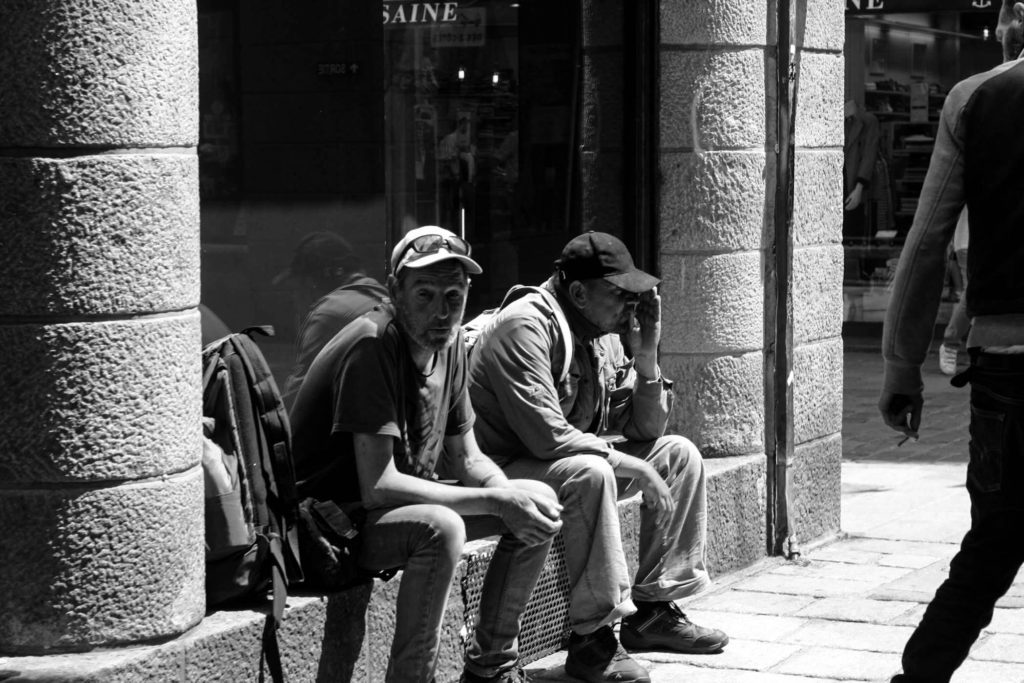
This image I chose because it shows people sitting on the side of a shop, who look like tourists with their bags chilling, the person on the right also fills the image but also drags your eye into the image.

This last one I chose was because it was similar to the image with just the dog but instead it also had the owner with him, it creates a sympathetic effect but also a fulfilling effect in some ways. This image also uses good lines and shapes, it has good depth of field as well.



